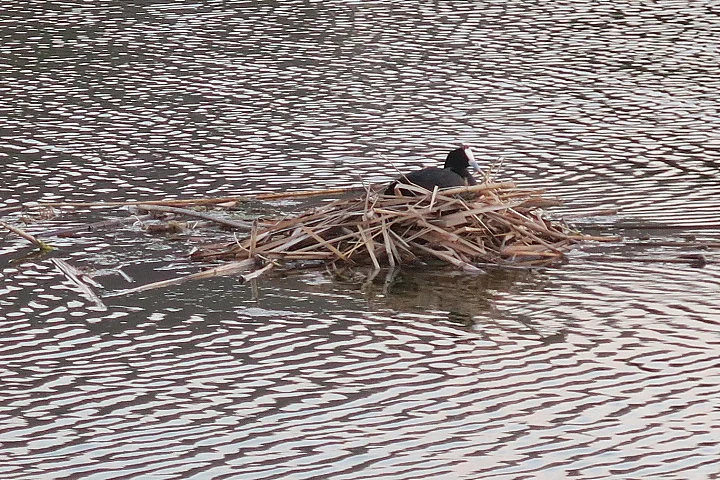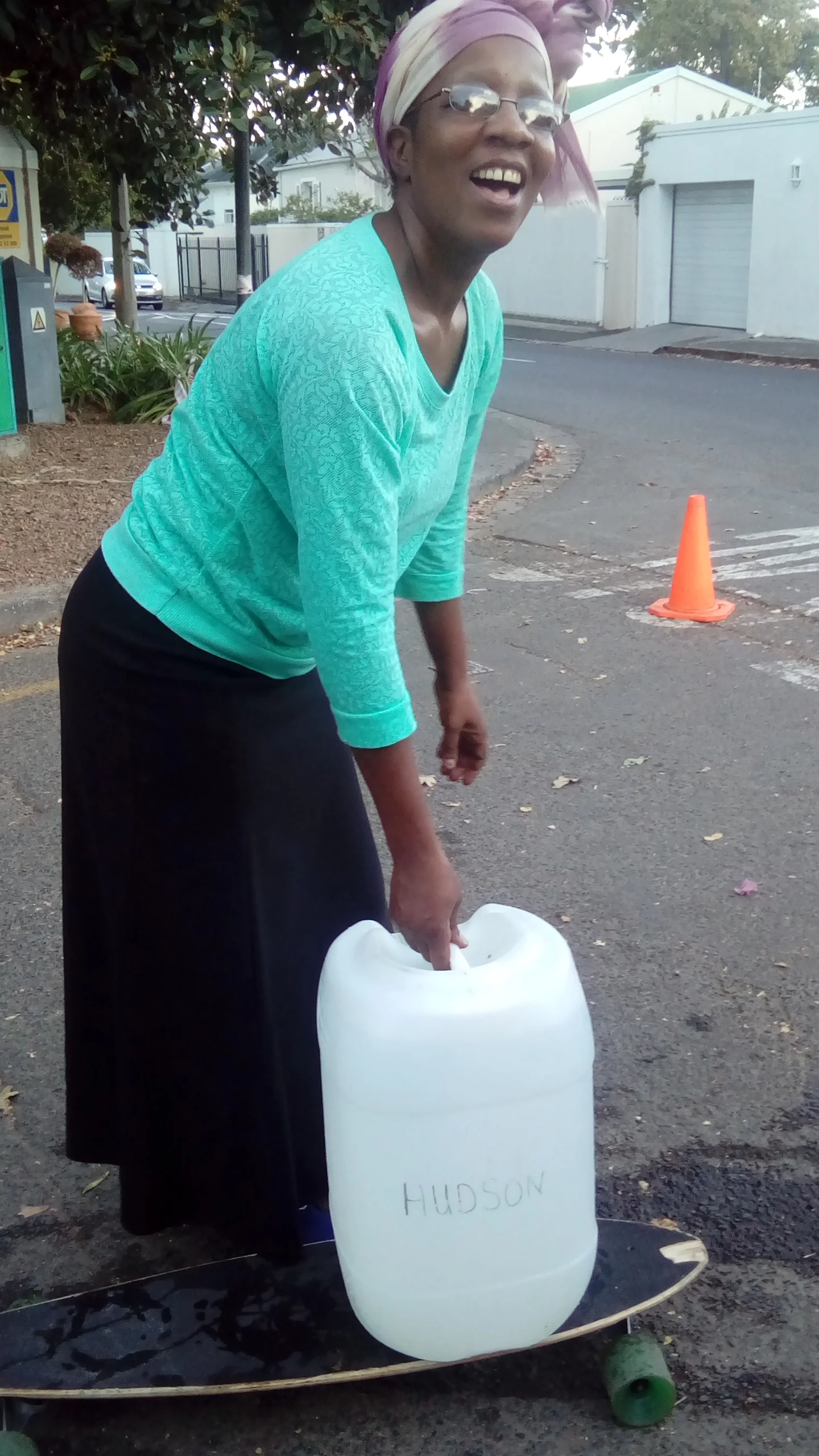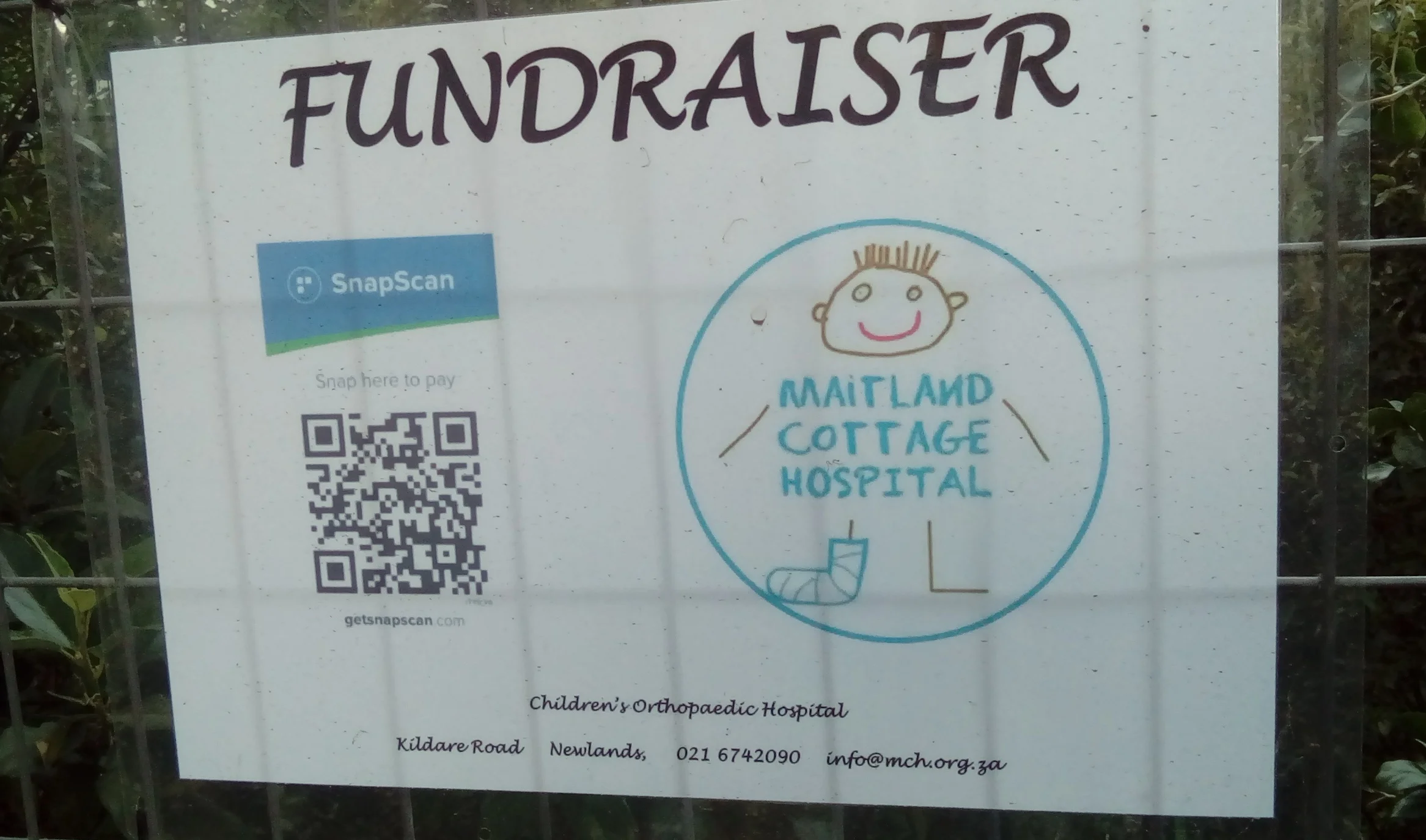We can't quite see around the next bend...
It's Earth Day, and I want to write about a very uncomfortable emotion: despair. My social media feeds are full of chirpy advice: "Plant more trees for Earth Day! Resolve to recycle!" and gloomy truths: "Recycling has little impact: produce less stuff in the first place. Capitalism is broken."
After the great Water Panic, came the Great Water Silence, but now we're getting back into the swim (sorry) of this water thing, and the tips are trickling (really sorry) back in again. Some of us are (rightfully) proud of how well we've done in cutting back our water usage (to levels way below those set for water-saving in drought-stricken California, for instance); some of us (especially on research teams and working for green NPOs) are a bit exasperated with the arrival of international scientists and journalists all prodding and taking notes on how we're managing to file away for their future reference.
What has this got to do with despair? The truth is that many of us have realised this truly is the new normal: we are never going back to assuming that water will always come out a tap whenever we want it to. I see little changes everywhere -- things like restaurants providing "pee paper bins": we've gotten quite robust, even blase about such things.
But what else can we do? And whispering at the back of our minds is the reality that the water crisis (which will slowly spread around the world, and which is already an ongoing issue for arid countries and regions) is embedded in a much bigger crisis -- the way we've taken our only home and habitation and rendered it almost unfit for use.
I sometimes feel my brain splitting as I swing between a sense of self-reliance and confidence in my water harvesting routines, the feeling that we can definitely handle this water shortage, and utter horror at the broader context: the fact that we've broken the weather and choked the oceans and wiped out thousands upon thousands of species that were once woven into the vast tapestry of buzzing, swarming, fecund life that sustains us all.
The water crisis has made us aware -- often uncomfortably -- of the fact that we've kicked our poor planet almost to pieces. We're no longer flushing with drinking water or watering lawns: do we have to consider the bigger picture too? Climate change (which some scientists say should be called "climate catastrophe"), pollution, overconsumption and all the other things that make me want to stick my head under a pillow? It's complex and frightening, if not downright terrifying, and we feel helpless in the face of it. (Here's a very good summary by Wits academic Vishwas Satgar of what's going on, and it's super-scary -- although there's hope at the end.)
But it's not just hopelessness we feel: increasingly, there's a creeping grief sneaking up on us, and one that's apparently incurable: sorrow for the loss and destruction of elements of our home planet and our immediate environment even as we live in it, to which I'd add tremendous anxiety about what threatening changes lie in the immediate future. Here's an excellent article on the phenomenon of "ecological grief" for those who wrestle with such feelings.
But all this serious stuff carries with it the risk that our despair and sorrow (if we can even allow ourselves to feel these uncomfy emotions) can render us immobile. And that's the most disastrous outcome of all.
It's corny, but true: think globally, act locally. And there's so much we can do at the local level. Look around for win-win solutions: keep up the recycling, even if it isn't a perfect solution, because it supplies jobs and occupation to marginal and vulnerable people. Declutter your home and donate your furniture and clothes to shelters for battered women and children. Plant spekbooms -- lots of them -- because trees (especially these ones) DO soak up carbon from the air; and keep up the composting because soil CAN grab onto carbon (and the richer the soil, the more effectively it will hold and filter water).
So while I'll continue to post water-wise suggestions, I'm hoping to include other green tips you might like to send along, to make our water-savvy ways part of an overall strategy to tread more lightly on the earth. And because this is such a daunting topic, I want to post more beautiful photos (by professional and truly gifted friends) of water, inspiring links on liquid issues, maybe even a poem or two. To remind us that this is an extraordinary world, and that we can do extraordinary things to nurture and protect it. And this starts with stopping for a moment to appreciate it.














